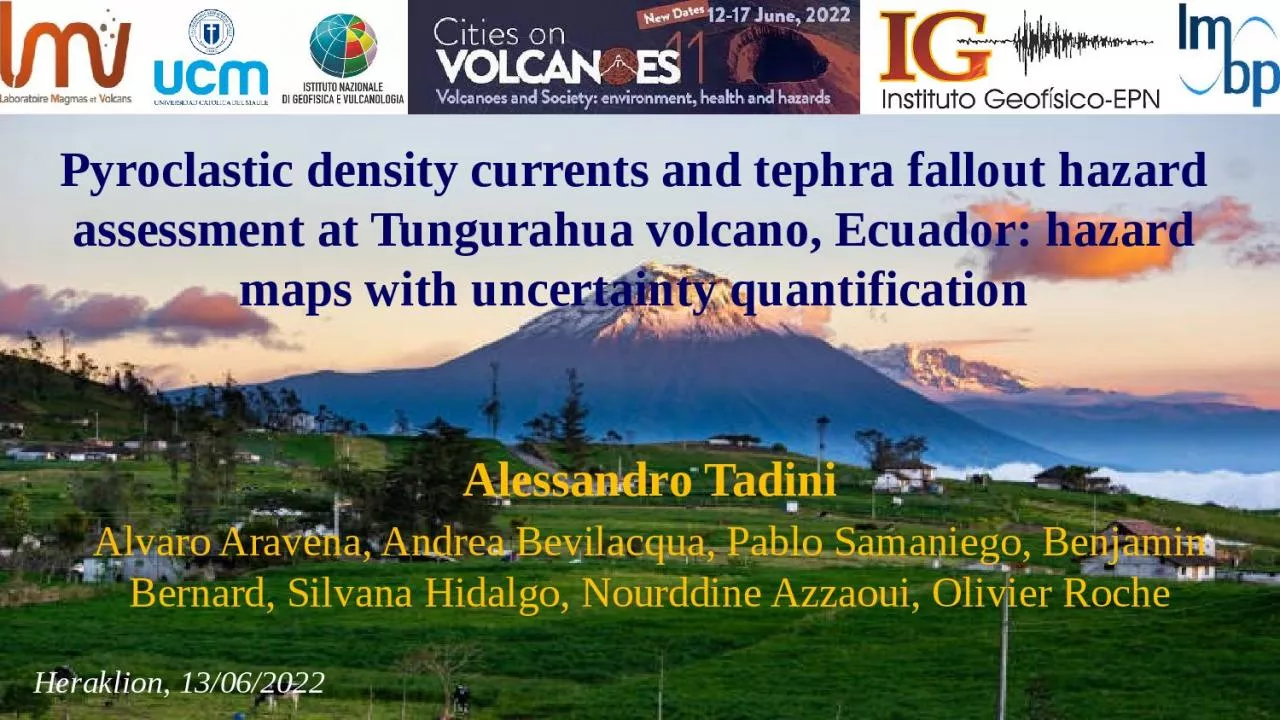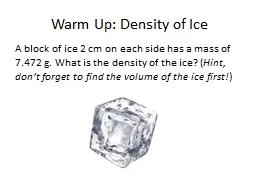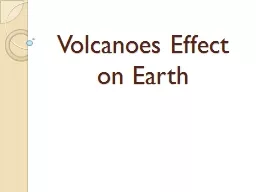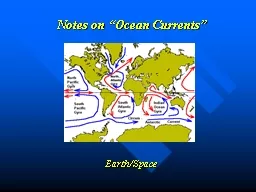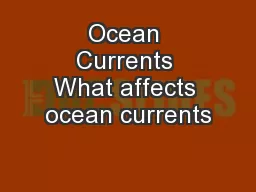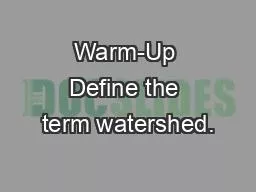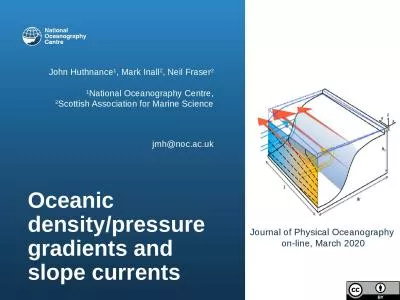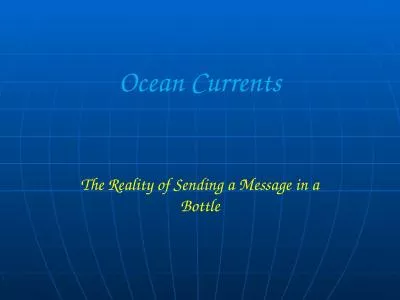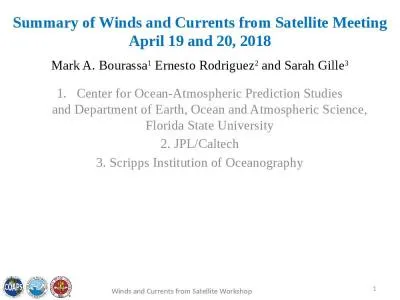PPT-Pyroclastic density currents
Author : queenie | Published Date : 2023-10-30
and tephra fallout hazard assessment at Tungurahua volcano Ecuador hazard maps with uncertainty quantification Alessandro Tadini Alvaro Aravena Andrea
Presentation Embed Code
Download Presentation
Download Presentation The PPT/PDF document "Pyroclastic density currents" is the property of its rightful owner. Permission is granted to download and print the materials on this website for personal, non-commercial use only, and to display it on your personal computer provided you do not modify the materials and that you retain all copyright notices contained in the materials. By downloading content from our website, you accept the terms of this agreement.
Pyroclastic density currents: Transcript
Download Rules Of Document
"Pyroclastic density currents"The content belongs to its owner. You may download and print it for personal use, without modification, and keep all copyright notices. By downloading, you agree to these terms.
Related Documents

